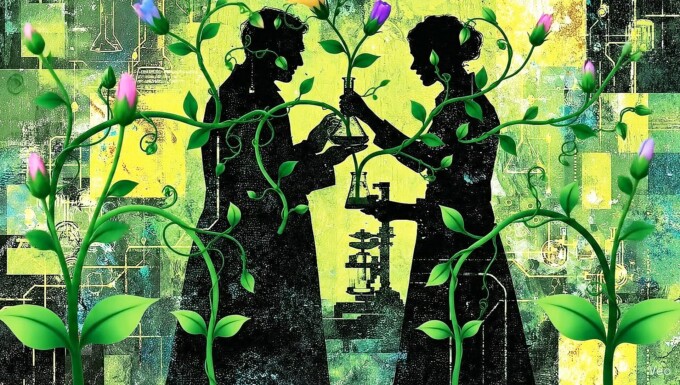“Native to South America, water hyacinth (Eichhornia crassipes) has become invasive in waterways across the globe. It’s known for quickly forming dense mats that clog waterways and harm native species, and municipalities have launched campaigns to eradicate the plant also known as ‘water cancer’ in parts of the Middle East.
Despite its reputation as a nuisance, water hyacinth has been shown to clean polluted water, effectively removing agricultural runoff and heavy metals.
Previous studies have shown that water hyacinth can also absorb microplastic, but less well-understood is how they do it and why the plants aren’t harmed in the process. The new study from China sheds light on both questions.
Researchers collected water hyacinths from a river near Shanghai and cultivated them in a greenhouse. They placed seven plants in clean water as a control group, and another seven exposed to a concentration of 50 milligrams per liter of microplastic particles in water, designed to mimic heavily polluted water ‘hotspots.’
Within 48 hours, plants in the latter group removed 55-69% of the polystyrene microplastic particles present. After five days, they removed as much as 78% of the pollution.”
From Mongabay.




